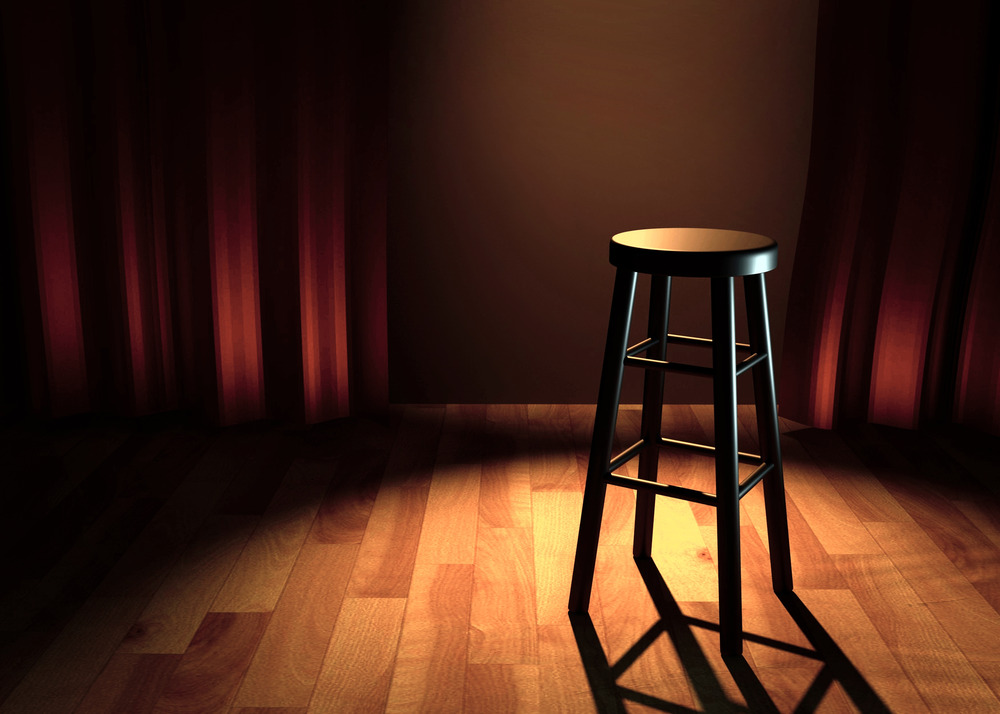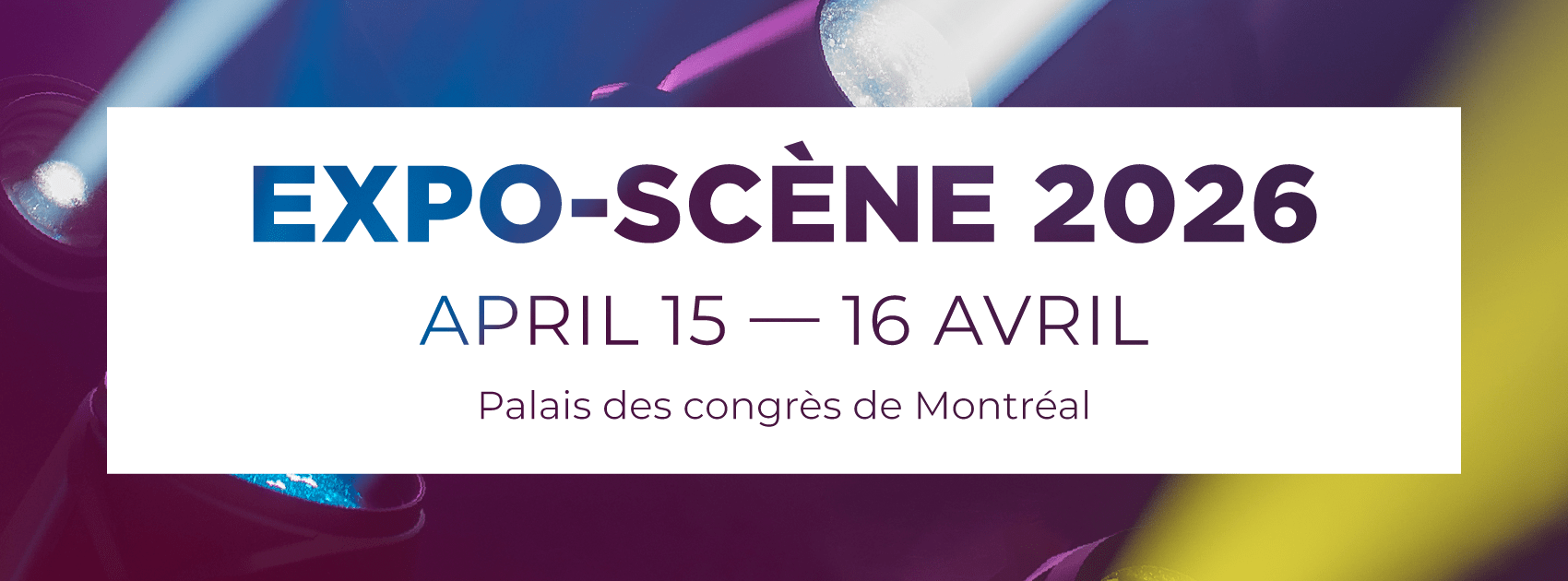
by Matt Hemmele
Years ago, my process for doing a stage design was sitting on a stool downstage center staring at the stage and waiting for an idea. I would scroll through my mental Rolodex of designs I liked, materials I could use, and a running wish list of fixtures I would likely never have. I would then try to pull a fully developed stage design out of thin air. No Vectorworks, no AutoCad, no Depence, no previz, just a stool, my brain, and a stage.
As time went on my process was not that much different, my stool became a desk chair that is much more ergonomic, my brain is much slower, but wiser, and my stage lives in a 3D environment on a computer screen. I was recently thinking about what I do to stay inspired and informed on where the industry is headed and what tools are out there to accomplish what ideas designers and directors may throw at me. That process took me back to when life seemed so much simpler when it was just a stool, a brain, and a stage.
The concept of Inspiration can be a funny one because I do not believe inspiration just happens, though it may seem that way. I believe that inspiration largely comes from simply devoting oneself to constantly investing in their craft.
The Stool
I remember getting my first magazine subscription when I started in production, I poured over the pages and read about all the audio and video products, case studies, industry news…etc. Thumbing to the lighting section, I drooled over all the lighting products that were featured that month like a kid looking through the toy store window at Christmas. I would learn manufactures and fixture names like they were players on a professional sports team. I would cut out stage designs that I liked from those magazines and pin them up at my desk, almost like some sort of stage design goals that I wanted to achieve.
When it came to lighting, I wanted to be the best, know the most, and have all the ideas. My stool was either on the stage, behind a console, or in front of a screen learning, testing, ruminating, experimenting, thinking and soaking up every bit of information I could.
The stool is discipline. The stool represents years of investment into the craft, countless late night programming sessions to get the looks just right, infinite rabbit trails into the pros and cons of certain fixtures, hundreds of hours of reading user manuals and watching thousands of tutorial videos.
It doesn’t really matter how comfortable the stool may be, there will no doubt be a time when it is the most uncomfortable spot to be in, but the discipline of staying on the stool almost always pays off. There is a grit that is needed to push through the mental roadblocks, ignore the desire to give up on a particular software, and dig deeper into the user manual to figure out why something is not working.
The stool is often the epicenter of creativity disguised as seemingly aimless reading and investigating, get comfortable in the stool, it is important.
The Brain
Growing up some of my friends had a camera called the I-Zone from Polaroid. I thought these were so cool! You could take a picture and then the camera would spit out a physical photo you could stick on your wall – which felt instantaneous even though you needed to let the picture develop even after you had the physical photograph.
These days we can take a picture, edit it, and post it to the world in a matter of seconds – the time needed for development of the photo is no longer needed.
In my brain I may have a full render of what I want the stage to look like; however, it still needs to go through the process of development in order to be brought to life. The process of development can create efficiencies, allow you to think through potential problems, and identify pain points and solutions, as well as ensure there is thorough and complete communication.
Much like that small polaroid camera that my friends had, even though I have the idea and have captured the direction of the design, I still need to put that design through the process of development if I want to bring that design into reality.
Whenever I set out to do a stage design, or whenever a stage design or creative element is pitched to me, my brain goes through the entire process from start to finish. What are the weeks leading up the deadline going to look like, what will we need for load in, how much will need to be changed and swapped out, when do trucks need to arrive, how will we store dead cases and set pieces, when will we get programming time and rehearsal schedules sorted, what does load out consist of, and what will the week after look like? Process can be one of the most frustrating aspects of any project; however, it is the most necessary component – so get comfortable with the process of development.
The Stage
If you were to place me in front of a blank canvas with the best paints and brushes at my fingertips and given my complete lack of any sort of training or development, I can guarantee you will get a pretty decent stick figure despite my having the best tools available to use.
It’s different with lighting though – the stage is where the discipline of learning and the process of development come together. I can sometimes have this romantic view of design in that inspiration just appears out of nowhere and then there is this fully fleshed out design that is perfect in every way, but that is not how it works. Behind every great design is intentional and deliberate process, whether you realize it or not.
There is one stage design I did when I was first getting started. I had a thought to use PVC pipe to create a large backdrop that we would uplight. I was going to paint it with blue and green metallic paint and hook a smoke machine up to it so that puffs of smoke would come out. However, I skipped the discipline of the stool in doing my homework and the process of development to identify the pain points, as well as fleshing out any issues that may arise.
Along with getting a physics lesson in how PVC pipes hang or lack thereof, I also learned that PVC does not take spray paint well unless you sand it thoroughly. The end result was a dark, monochromatic, saggy mess that looked nothing like I had in my head and cost me a lot of time and headache. More importantly I lost significant trust from my leadership.
Lessons are best learned on the heels of failure. I learned to get comfortable with the stool of discipline and wrap my arm around the tension of the process. Embracing the messy and tough aspects of design is oftentimes the key to unlocking the next thing, whatever that may be.
Stay on the stool, keep developing your process and never stop investing in your craft. Sometimes it is the willingness to dream that unlocks the potential inside of you.






